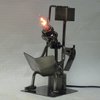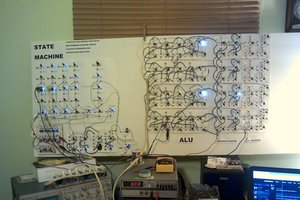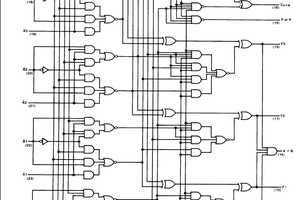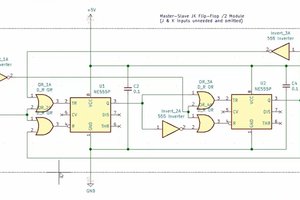It´s a solo project, just to get my head free from the dayjob.
The reason it´s solo is to avoid pressure, sync-ups and deadlines,
basically using it as escapism without having any obligations.
GLASNOST Vacuum Tube Computer
A vacuum tube computer without semiconductors,
4-bit Von Neumann, 4096 words core memory, graphics output
 Paul Kocyla
Paul Kocyla






 Dr. Cockroach
Dr. Cockroach
 agp.cooper
agp.cooper
 Astronomermike
Astronomermike
Core memory is reasonably low power; but takes high current at low voltage due to each core having 1-turn coils. High currents are not suitable for vacuum tubes, but gas discharge tubes can do it (neon lamps, flash tubes, etc.) So perhaps something like a neon lamp relaxation oscillator can generate a high enough current pulse to X-Y select the cores. I suspect it will take something bigger than an NE-2 to get a high enough peak current, though.